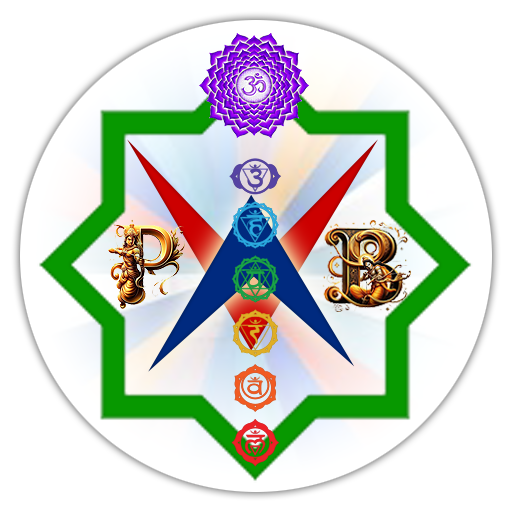శ్రీమద్భగవద్గీత - 495: 13వ అధ్., శ్లో 06 / Bhagavad-Gita - 495: Chap. 13, Ver. 06
- Prasad Bharadwaj
- Feb 1, 2024
- 2 min read

🌹. శ్రీమద్భగవద్గీత - 495 / Bhagavad-Gita - 495 🌹
✍️. శ్రీ ప్రభుపాద, 📚. ప్రసాద్ భరద్వాజ
🌴. 13వ అధ్యాయము - క్షేత్ర క్షేత్రజ్ఞ విభాగ యోగం - ప్రకృతి, పురుషుడు, చైతన్యము - 06 🌴
06. మహాభూతన్యహంకారో బుద్ధిరవ్యక్తమేవ చ |
ఇన్ద్రియాణి దశైకం చ పంచ చేన్ద్రియగోచరా: ||
🌷. తాత్పర్యం : పంచ మహాభూతములు, మిథ్యాహంకారము, బుద్ధి, అవ్యక్తము, దశేంద్రియములు, మనస్సు, ఐదు ఇంద్రియార్థములు..
🌷. భాష్యము : మహాఋషులు ప్రామాణిక వచనములైనట్టి వేదమంత్రములు మరియు వేదాంతసూత్రముల ననుసరించి విశ్వము యొక్క మూలాంశములను ఈ క్రింది విధముగా అవగాహననము చేసికొనవచ్చును.
తొలుత పృథివి, జలము, అగ్ని, వాయువు, ఆకాశామును పంచమహాభూతములు, తరువాత మిథ్యాహంకారము, బుద్ధి, ప్రకృతిజన్య త్రిగుణముల అవ్యక్తస్థితి, ఆ తరువాత త్వక్, చక్షు, శోత్ర, జిహ్వ, ఘ్రాణములనెడి పంద జ్ఞానేంద్రియములు, ఆ పిదప వాక్కు, పాదములు, హస్తములు, గుదము, జననేంద్రియములనెడి పంచ కర్మేంద్రియములు, ఆ ఇంద్రియములపై మనస్సు గలవు. ఈ మనస్సు అంతరమందుండుటచే అతరేంద్రియముగా పిలువబడును. కావున ఈ మనస్సుతో కలిపి మొత్తము పదుకొండు ఇంద్రియములు గలవు.
🌹 🌹 🌹 🌹 🌹
🌹 Bhagavad-Gita as It is - 495 🌹
✍️ Sri Prabhupada, 📚 Prasad Bharadwaj
🌴 Chapter 13 - Kshetra Kshtrajna Vibhaga Yoga - Nature, the Enjoyer and Consciousness - 06 🌴
06. mahā-bhūtāny ahaṅkāro buddhir avyaktam eva ca
indriyāṇi daśaikaṁ ca pañca cendriya-gocarāḥ
🌷 Translation : The five great elements, false ego, intelligence, the unmanifested, the ten senses and the mind, the five sense objects.,
🌹 Purport : From all the authoritative statements of the great sages, the Vedic hymns and the aphorisms of the Vedānta-sūtra, the components of this world can be understood as follows. First there are earth, water, fire, air and ether. These are the five great elements (mahā-bhūta). Then there are false ego, intelligence and the unmanifested stage of the three modes of nature. Then there are five senses for acquiring knowledge: the eyes, ears, nose, tongue and skin. Then five working senses: voice, legs, hands, anus and genitals. Then, above the senses, there is the mind, which is within and which can be called the sense within.
Therefore, including the mind, there are eleven senses altogether. Then there are the five objects of the senses: smell, taste, form, touch and sound. Now the aggregate of these twenty-four elements is called the field of activity. If one makes an analytical study of these twenty-four subjects, then he can very well understand the field of activity.
🌹 🌹 🌹 🌹 🌹




Comments